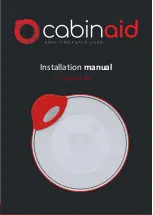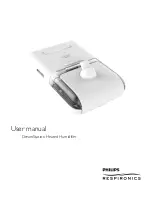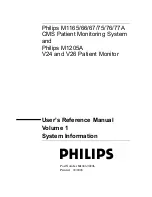
[DiaDENS-PC]
www.jpastar.com
subjective feelings. The electrostimulation intensity will be conventionally divided into three energy ranges:
the minimal, comfortable and maximal those.
The first, minimal, energy range (at the threshold of feeling) corresponds to effect of a weak intensity when the
patient feels either no subjective sensations or a slight vibration. It will be used in working with elementary school
children and preschool-age children as well as with elderly patients.
The second, comfortable, energy range (over the feeling threshold but lower than the pain threshold) corresponds
to the effect of medium intensity when the patient feels vibration, pleasant pricking or slight burning but no pain. It will
be used as the main range of the energy effect.
The third, maximal, energy range (sensation at the pain threshold) corresponds to a high intensity effect when
the patient feels painful pricking or burning. Such an intensity of effect might be followed by involuntary muscle
contractions in spots near established electrode (the myo-stimulating effect). It will be only applied in THERAPY
regime in the event of obvious pain syndrome in adolescents and in adults as well as for emergency treatments.
The electroimpulse effect is not recommended in the energy range intolerable for the patient. At the
treatment stages, the electrostimulation power levels might be increased or decreased depending on the
patient sensitivity changes and elimination of the pain syndrome.
4. OPERATING METHODS
The dynamic electroneurostimulation will be performed in three ways:
stable, labile and labile-stable.
The stable effect (fixed position of the electrode) will be used when treating small zonal spots. In the labile
way,
the built-in electrodes of the stimulator will be evenly shifted over the affected zone, maintaining constant contact be-
tween the electrode and the body surface, at the rate of 0.5 to 2-3 cm/sec. The shifting will be performed with straight,
anfractuous, circular and other motions depending on the size and form (relief) of the area under treatment.
In labile method, a delay (stabilising) of the built-in electrodes will be admissible, for instance over
the painful areas. Thus, the labile-stable way of action will be performed.
The pressure of the device upon the skin will depend on patient's subjective feelings.
5. REGIMES OF THE DEVICE OPERATION
5.1. Schemes of the regime sequences in the device are presented in Tables 3-4.
Table 3
Will be successively
changed by push
ing FREQUENCY"-
" key*
Will be set au-
tomatically on
switching the de-
vice on
Will be succes-
sively changed
by pushing
FREQUENCY
"+" key **
1.0
-9.9
Hz**
*
Sreening
MED
10
Hz
20
Hz
60
Hz
77 Hz
77.
1
0
77AM
140
Hz
200
Hz
* The regimes will be switched back by pressing FREQUENCY
"+" key
** The regimes will be switched back by pressing FREQUENCY
"-"key
*** Brief pressing the key: 0.1 Hz step of change,
long pressing the key: 1.0 Hz step of change































